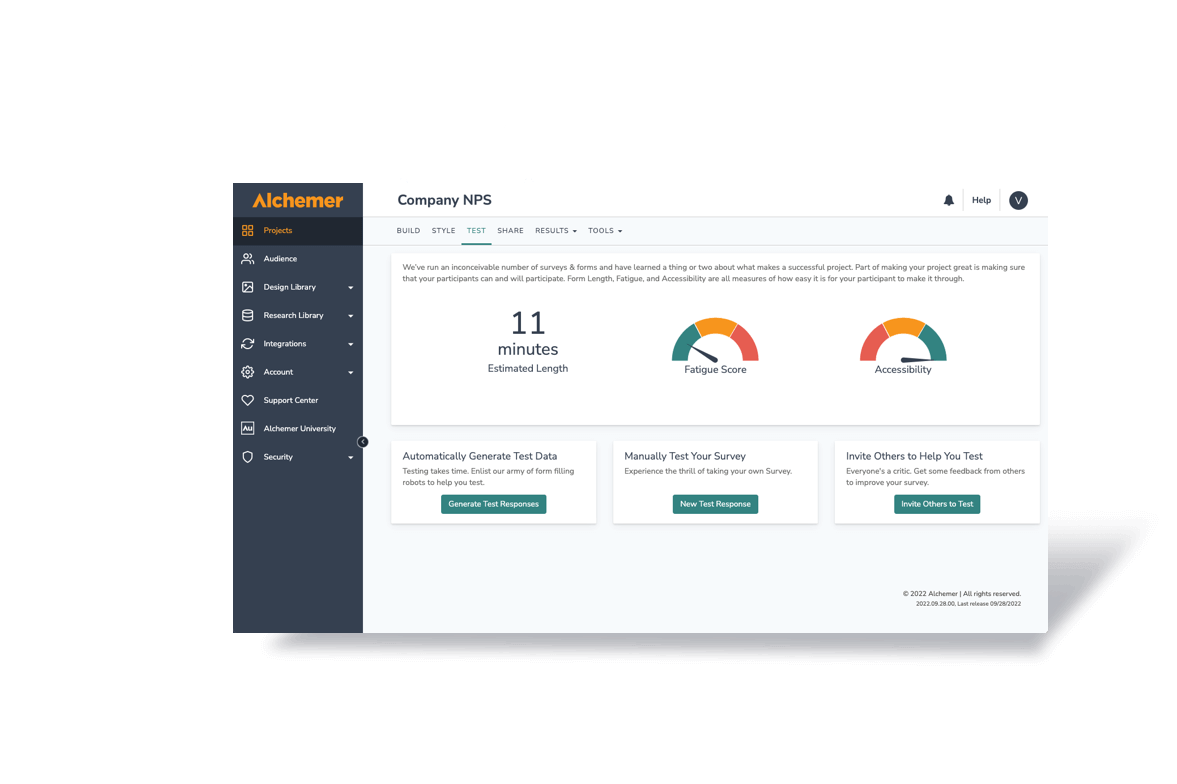This post references our latest e-guide, “Customer Feedback is Everywhere: The Ultimate Guide to Omnichannel Feedback Collection”. You can read the full (and free) e-guide, here!
Customer feedback is the backbone of growth, helping organizations refine their products, enhance customer experiences, and strengthen customer relationships. By moving beyond a single feedback channel and embracing omnichannel, organizations gather the insights necessary to make data-driven decisions across every department
Here are six core customer feedback channels that organizations should think about when developing their omnichannel feedback strategy.
1. Traditional online surveys: a structured approach to feedback
Survey sent via email or SMS remain a cornerstone of feedback collection. Businesses segment their audience and send personalized surveys to ensure relevant and actionable insights. These surveys delve deep into customer satisfaction, preferences, and concerns. Follow-up emails encourage participation while thank-you messages reinforce the value of customer input, fostering engagement and trust.
2. Mobile apps: capturing feedback in real-time
Mobile apps are not just platforms for service; they also serve as direct channels for feedback collection. In-app surveys and feedback prompts seamlessly integrate into the user experience. They encourage users to share their thoughts in real time. In-app feedback channels help organizations capture immediate customer reactions to features, usability, and overall satisfaction.
3. Websites: interactive feedback at key touchpoints
Surveys, prompts, and message centers embedded on websites are key touchpoints for engaging with customers and collecting feedback. These feedback tools help organizations address aspects such as the shopping experience, product satisfaction, and user experience. Using feedback tools like pop-up surveys or forms during or after key website experiences provides valuable insights. These insights help organizations improve their website experience and resolve potential pain points.
4. Chatbots and message centers: real-time engagement and insight
Chatbots and message centers facilitate real-time interactions between customers and organizations. These tools not only help customers get immediate assistance but also provide valuable opportunities for collecting feedback. By analyzing chat transcripts and feedback prompts within these interactions, organizations gain insights into common customer questions, satisfaction levels, and areas for improvement.
5. Social media and B2B review sites: the pulse of public opinion
Social media platforms like Facebook, X, Instagram, and B2B review sites offer rich sources of unsolicited feedback. Customers frequently share their experiences and opinions organically, providing rich insights into brand perception. Social listening and feedback analysis tools help organizations monitor mentions, hashtags, and sentiments across these platforms. This allows them to respond promptly and engage with customers effectively.
6. App store reviews: see ratings and feedback over time
App store reviews are crucial for understanding user satisfaction with mobile apps. Customers share their experiences through ratings and written feedback, which highlights an app’s strengths and weaknesses. Organizations monitor app store feedback to identify recurring issues, recognize positive experiences, and engage with users by responding to reviews, demonstrating that their input is valued.
Continue reading
With all-in-one feedback platforms enabling collection across multiple channels, omnichannel feedback is now more critical, accessible, and impactful than ever.
Want to continue learning about omnichannel feedback? Download our new e-guide, “Customer Feedback is Everywhere: The Ultimate Guide to Omnichannel Feedback Collection”.
In this guide we:
- Explore the concept of omnichannel feedback and discover how to effectively collect and analyze customer feedback across various channels.
- Dive into the challenges and opportunities presented by a changing feedback landscape.
- Identify what strong omnichannel feedback programs look like and discuss the benefits these programs provide to organizations.



